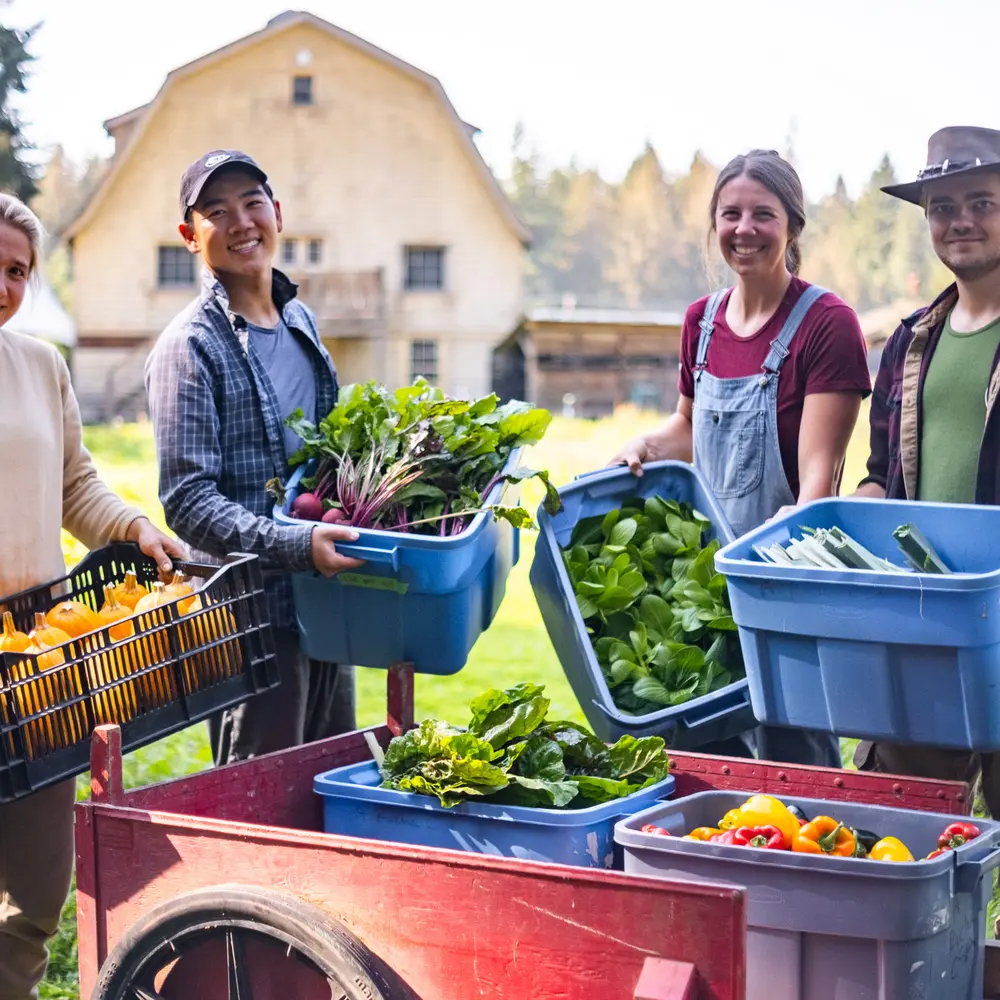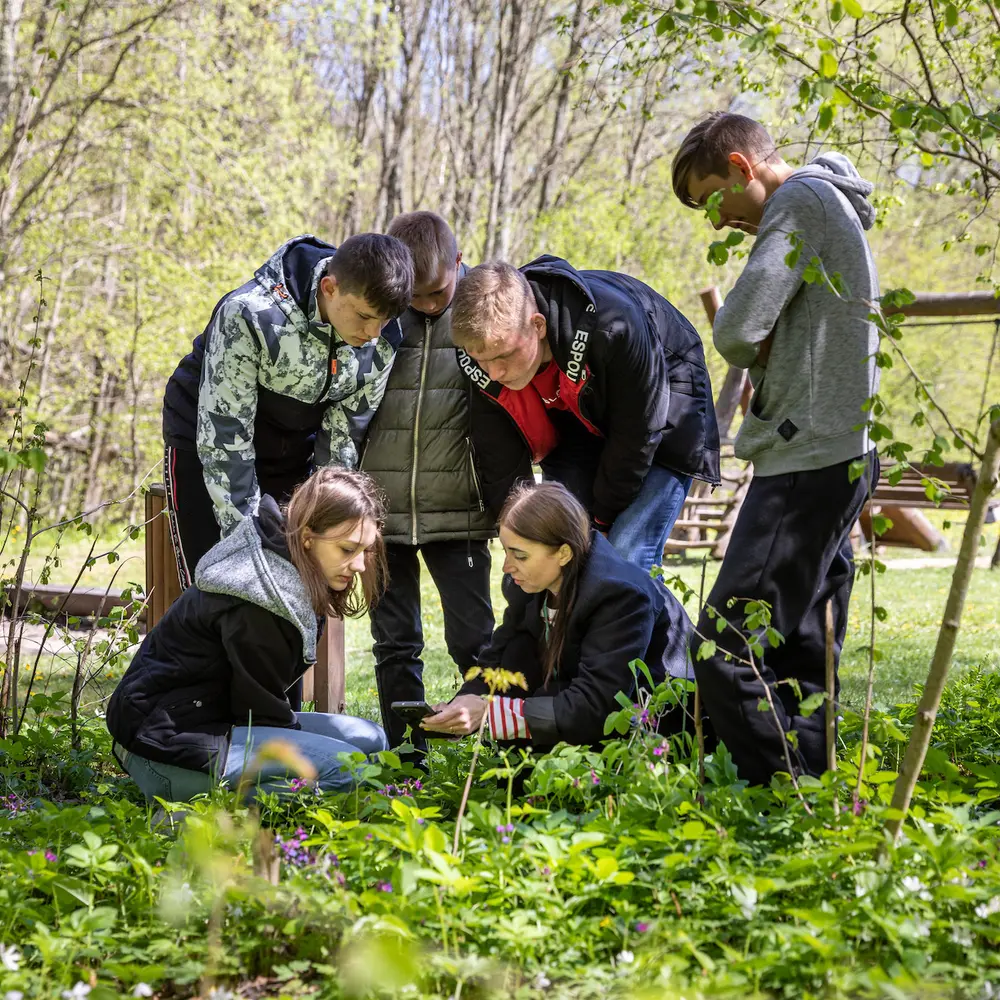by Laurie Wolf and Kit Gillem • April 2016
 The Murdock Trust has a long history of funding nonprofit support organizations and state associations that build the capacity of the nonprofit sector in the region, as well as making grants that build the capacity of a single organization. In 2001 with support from the Rasmuson Foundation, the Murdock Trust, and other Alaska funders, The Foraker Group was launched as a nonprofit with the core purpose of strengthening nonprofits and tribes in Alaska. During a recent meeting in Anchorage, we discussed the importance of capacity building.
The Murdock Trust has a long history of funding nonprofit support organizations and state associations that build the capacity of the nonprofit sector in the region, as well as making grants that build the capacity of a single organization. In 2001 with support from the Rasmuson Foundation, the Murdock Trust, and other Alaska funders, The Foraker Group was launched as a nonprofit with the core purpose of strengthening nonprofits and tribes in Alaska. During a recent meeting in Anchorage, we discussed the importance of capacity building.
“Capacity building” means many things to many people but here’s one good way to think about it – “Mission critical investments designed to improve service to the community by strengthening the leadership, management, and infrastructure of an organization today and into the future.” Rarely if ever is this work a one-time experience but rather a series of investments over time from a variety of sources committed to a long-term goal.
Examples of capacity building activities can include the following:
- Improving recruitment, training, and retention of boards and volunteers.
- Developing an emergency and long-term leadership transition plan.
- Developing and executing strategic priorities.
- Determining a theory of change and dashboard measurements to track systems change.
- Identifying and incorporating efficient and effective technologies.
- Writing and integrating a fund development plan that includes major gifts and planned giving components.
- Creating user friendly client service platforms.
- Developing a communication plan; and others.
What capacity building activities are you and your organization currently exploring or implementing that might be added to this mix of tools?
Many capacity building activities may not be visible to the public but are vital to advancing an organization or collaborative mission and purpose. Internal capacity is just as important as the public programs or services your organization may provide. An organization’s public programs may suffer from the lack of internal systems support (technology, accounting, administrative. etc.). To that end, we believe that capacity building investments are a core competency for effective nonprofit community impact. What internal system(s) in your organization could be improved to ultimately benefit the community you serve?
Perhaps equally important is that capacity building efforts are highly integrated within an organization. For example, nearly all charitable nonprofit organizations want to generate more contributed income to advance their mission. Without a fund development audit or organizational assessment to better define the current situation of the organization, most organizations simply state, “we need to hire a development director.”
While this could be true, this simplistic approach may result in a failed hire. The organization’s infrastructure may need capacity building investments. Key questions need to answered, such as:
- Is the board contributing?
- Is the board trained or coached in how to raise financial support from the community?
- Has the board established annual fundraising goals for itself?
- Is there administrative support for a new development director?
- Are gifts processed and acknowledged in a timely fashion?
- Can the website handle online contribution, marketing, and social media efforts?
These contributed income issues are interrelated and can be addressed with capacity building investments. Is your organization working on one or more of these organizational fund development issues described above?
We have observed that capacity building activities such as an organizational assessment can be equally beneficial across all nonprofits ranging from a 4-person group to a 400-plus-person organization. The board and staff can collectively understand how these issues are linked and how solutions must be integrated. Has your organization engaged in an organizational assessment recently? If so what action was taken?
We have observed that board and staff leaders of high functioning organizations with a strong culture of learning are continually engaged in capacity building activities to improve themselves and their organizations. These leaders are learning and engaging in capacity building opportunities by participating in peer networks, customized facilitations and consultations, coaching relationships, conferences and trainings, and are actively engaged in advancing the sector. Nonprofit boards and staff must be disciplined to allocate time and resources for this thoughtful process no matter how small or large the organization. Capacity building requires strategic investment at times, and organizations that have unrestricted income and reserves are able to make these investments when needed. But, all nonprofits can engage in capacity building activities that are proportional to their size, staffing, and operating budget. What capacity building activities are in the works for your organization?
We are fortunate in the region to have state associations and nonprofit support organizations actively engaged in building the capacity of the nonprofit sector. We invite you to join your state association and participate in their programs and services with the goal of improving your organization (see links below). Building capacity strengthens the ability to fulfill the mission. Keep up your good work!
Alaska – The Foraker Group
Idaho – Idaho Nonprofit Center
Montana – Montana Nonprofit Association
Oregon – Nonprofit Association of Oregon
Washington – Washington Nonprofits
Laurie Wolf is the President of Foraker Group, and Kit Gillem is a Program Director at the M. J. Murdock Charitable Trust.
The post Capacity Building Matters appeared first on M. J. Murdock Charitable Trust.







